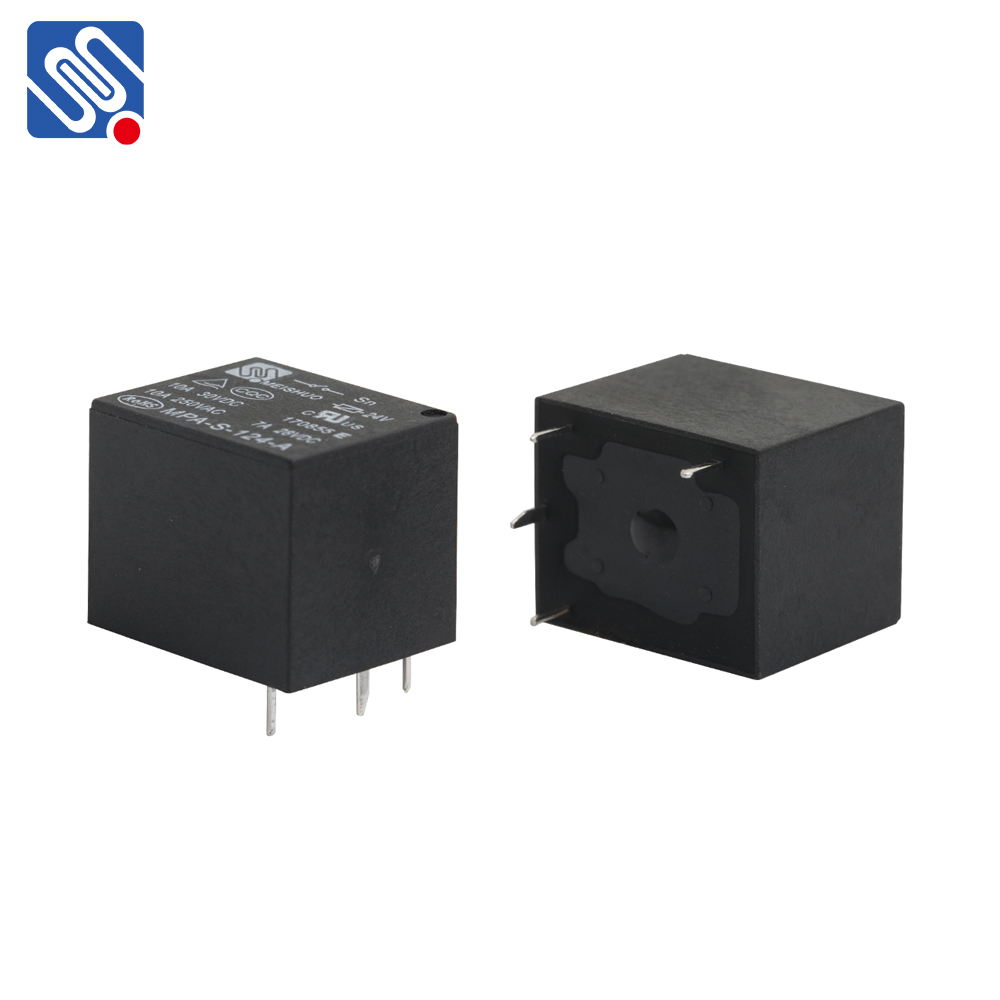A 24V 10A relay is an essential electrical component commonly used in various automation and control systems. Its main function is to control the switching of high-power devices by using a low-power control signal, which makes it a critical element in many industrial and commercial applications. Relays, in general, are electromechanical switches that allow current to flow through their contacts when energized. The 24V 10A relay, specifically, is designed to operate on a 24-volt DC input and can switch electrical loads up to 10 amps, making it suitable for numerous tasks requiring high current switching. In this article, we will explore the importance, applications, and working principle of the 24V 10A relay.

What is a 24V 10A Relay? A relay is an electrical switch that operates automatically when the control voltage is applied to its coil. The “24V” in the name indicates that the relay operates with a 24-volt DC input signal, while the “10A” refers to the maximum current (10 amps) that the relay’s contacts can handle when closed. This means that the relay can control circuits that draw up to 10 amps of current, providing a reliable way to manage high-power devices without needing a direct connection to the high voltage. Relays can come in many forms, but the 24V 10A relay is specifically chosen for its ability to handle relatively high current levels, making it ideal for a wide variety of uses. The relay typically consists of a coil, contacts, and an armature. When the 24V signal energizes the coil, it generates a magnetic field that causes the armature to move, closing or opening the contacts to control the flow of current in the connected circuit.